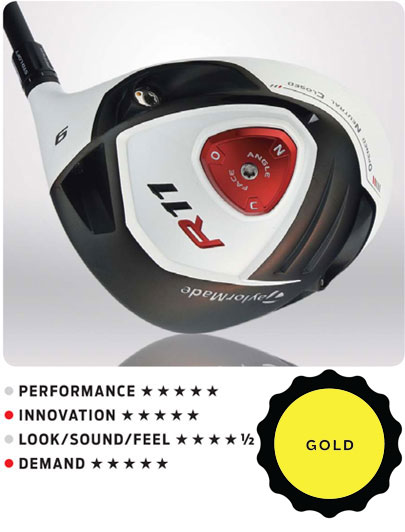

Nike is also introducing what they call FlyBeam, a set of stabilizing bars meant to promote more a efficient strike. And this time it’s been mated with Nike’s new FlexFlight technology, a cross between TaylorMade’s MWT of the mid-aughts and Callaway’s Gravity Core, introduced a year ago. The Covert cavity back, first released in 2013, is here to stay in an attempt to maximize MOI. It’s here, albeit tucked away and modified, to give your low strikes a bit of added oomph. Then there’s the Compression Channel, introduced in 2010’s original VR driver. It’s evolved past the Dymo days, and the name is now “FlexLoft 2” rather than “STR8-Fit,” but it’s still here and simple as ever. We start with the adjustable hosel, introduced way back in the 2009 SQ Dymo.

In a way, that’s pretty amazing.Īs for specifics, let’s break down the previous designs that went into the Vapor Flex: Someone green-lit the idea, the engineering, the color, the price point (MSRP $500). It’s not so much a feat of engineering as it is a feat of product design. The Vapor Flex represents Nike throwing everything they’ve developed over the last half-decade into one single club. Then they released the Vapor Flex, throwing a wrench all that symmetry. The Vapor line was offered in Tour, and non-Tour.

When Nike’s 2015 woods were first unveiled, you could pretty easily see the lineage from the previous Covert and Covert 2.0 woods. It’s a better-player’s club that, despite the lime green and wild esthetics, produces a muted sound and a boring trajectory. It’s an insane concoction of technology that builds on the innovations Nike has brought to market over the past half-decade, all packaged into one sleek clubhead.Īmazingly, when you actually take it for a spin, it all seems to make sense. The Nike Vapor Flex driver reflects not what a driver should be, but what a driver can be. I am not rushing out to buy a set as I am not in the market but I would have to have a few hits if I were! Well done Nike.The best sound and feel I’ve ever experienced? Check. I do wonder if it is hard to mill the cavity and if it is easy to bend said cavity if one is not careful but they have pulled it off and I give them props for it. It is pretty ugly as Nike have put there engraving and guff all over it but they have made a stand and said why should only better players irons be forged! They are a Forged iron with a big cavity, mid/large head size and plenty of help. What stands out for me though and for me its a product that no other manufacture is doing(that I know of) is the VR S Forged irons.
#NIKE VR DRIVER 2011 PRO#
The VR Pro blades are stunning, I remember hitting Ricks some time back and was impressed and we have had nothing but good reviews from you forum members about the VR Pro Combo irons. MC was so impressed with it he took the 910D out of his bag and went with the VR Pro Ltd Edition. Nike VR Pro Driver with a stock PX shaft and a channel in the bottom of the club that I am told you can actually feel forgiving you if you hit the ball out of the bottom of the club. It has become clear that Nike are pushing hard ( I am sure they always have been without me looking). I have been party to alot of Nike Golf reviews that I would usually avoid because Mark Crosfield has is now doing Nike Video reviews and I am a bit of a fan of his. Nike are a training shoe maker in my books, clearly this is just a perception thing as they are a world leader of sporting equipment but I wanted to make my point before starting the post.


 0 kommentar(er)
0 kommentar(er)
